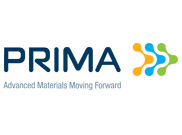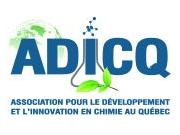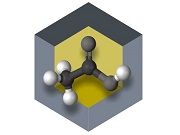BRP - Formation of porosity in a gelcoat projected robotically on a mold
| Challenge number : | BRP | Opening Date : | 2013-06-14 |
| Status : | Closed | Closing Date : | 2013-09-18 |
Context
An unsaturated polyester based gelcoat is robotically projected on a hot (55 °C) nickel mold. An unacceptable level of porosity appears on the gelcoat during the projection and curing process.
Description of the challenge
Knowledge of the problem and its impact (past, present and/or future):
The porosity is an unacceptable visual defect. These defects are visible to Sea-Doo buyers.
Assumptions and ideas for solutions based on research, experiments and observations made so far:
Assumption 1: The porosity is caused by the robotized gelcoat projection procedure (process variables). For example: air bubbles trapped in the gelcoat which are not removed before the gelcoat is cured.
Assumption 2: The porosity is caused by the chemistry of the gelcoat (bubbles created in the gelcoat). For example: gas bubbles formed by any chemical reaction between the components of the gelcoat.
Assumption 3: The porosity is caused by the repulsion between the wax applied on the nickel and the gelcoat. For example: formation of empty spaces within gelcoat film spread over the waxed surface.
Need to resolve or refine understanding of the problem:
The porosity is a major aesthetic defect that the company hasn’t succeeded in eliminating after about 6 months of experimental work.
Constraint(s)
Procedure limitation: the mold must be hot (maintained at 55 Celsius at all times).
Financial limitation: the gelcoat cure cannot be extended, because the total molding cycle in minutes is one of the crucial parameters for the profitability of the procedure.
Questions related to the problem and for which there’s still no answer:
What is the origin of the porosity on the gelcoats (chemical, mechanical, repulsion of the wax)?
What is the best strategy to eliminate the porosity without changing the temperature of the mold or speed of the gelcoat cure (cycle time)?
Key words that best describe this problem:
Gelcoat, porosity, trapped air repulsion.
Contact us
Cloé Bouchard-Aubin, chimiste, MBA
Advisor, Technology and Innovation
 514 632-2429
514 632-2429
Log in below





